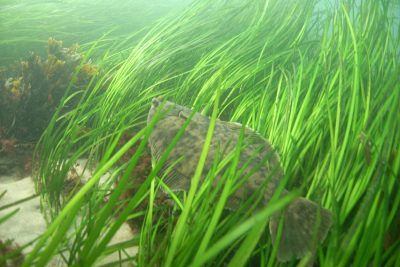Winter flounder and Summer flounder (fluke) have a few distinct differences, but most anglers and fish lovers agree both fish make for great eating. Both are easier to catch and they are a blast for people like you and me, who love fishing as an activity or just getting out onto the saltwater for the day. What are Ideal Water Conditions for Flounder?
H2O quality plays a pivotal role in the health, & overall well-being of flounder.
- Temperature: 15-25°C or 59-77°F
- pH: 6.5-8.0
- Dissolved Oxygen: >5 mg/L
- Ammonia, Nitrite: Low levels
- Salinity: Species-specific (15-35 ppt)
- Water flow: Adequate for oxygenation
- Substrate: Sandy/muddy
- Habitat: Structurally diverse
Both flukes and flounders are bottom-dwelling flatfish found in the Atlantic Ocean that lie low on the bed of the ocean and can blend with their environment. Both flounder and fluke are prized for taste and are very available on the entire Atlantic coast and back-bay waters but are extremely similar in appearance.
Introduction:
Flounder, a highly prized species in both commercial fisheries and aquaculture, is known for their delicate flavor and versatility in culinary applications. However, the success of flounder aquaculture hinges not only on feeding practices and breeding techniques but also on the maintenance of optimal water conditions.
In addition to the physical and chemical parameters, the ideal water conditions for flounder habitats also involve creating a dynamic and diverse ecosystem that mimics their natural environment. This includes incorporating natural substrates like sand, mud, and seagrass beds, as well as providing structures such as oyster reefs, rocky outcrops, and sunken debris for shelter and refuge.
Maintaining water quality parameters within the appropriate ranges and promoting habitat complexity not only supports the physiological needs of the flounder but also fosters biodiversity and ecosystem resilience. By striving to replicate these ideal conditions in aquaculture settings and conservation efforts, we can enhance flounder populations while preserving the integrity of their habitats for future generations.
References:
NOAA Fisheries- Winter Flounder
MyWaterEarth&Sky–Fluke vs Flounder
FAQ’s
Why is habitat complexity important for flounder?
- Habitat complexity provides shelter, refuge, and foraging opportunities for flounder. It supports biodiversity, promotes natural behaviors, and contributes to ecosystem resilience.
What are the toxic effects of high ammonia and nitrite levels on flounder?
- High levels of ammonia and nitrite can impair respiratory function, stress response, and immune function in flounder, leading to reduced growth rates and increased mortality.
What salinity range is ideal for flounder?
- The ideal salinity range for flounder varies depending on the species and their natural habitat. However, most flounder species thrive in brackish or marine environments with salinity levels ranging from 15 to 35 parts per thousand (ppt).





